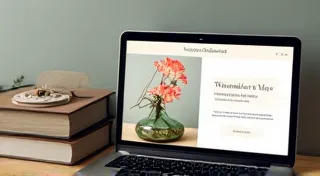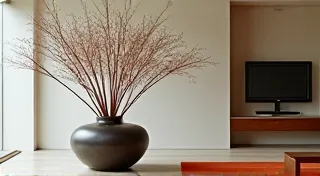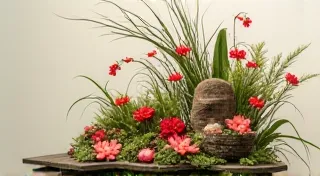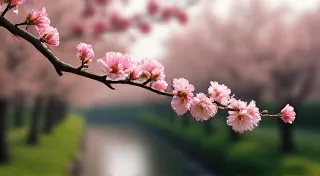Common Mistakes to Avoid When Learning Ikebana
Learning Ikebana, the traditional Japanese art of flower arranging, is a beautiful and rewarding journey. However, like any discipline, it’s easy to fall into common pitfalls, especially as a beginner. This guide highlights these frequent errors and provides actionable tips to help you correct them and flourish in your Ikebana practice. The journey begins with an appreciation for the art's rich history; understanding the history of Ikebana can profoundly impact your approach and deepen your connection to the tradition.
1. Ignoring the Principles of Line
Ikebana isn't simply about putting flowers in a vase. The foundation is built upon the concept of line. The main stems – the Shin, Soe, and Hikae – create a skeletal framework. Beginners often focus on the blooms and foliage, neglecting the crucial role of these lines. The lines represent heaven, earth, and humanity and are a core element of the arrangement's overall harmony. Ensure your lines are strong, balanced, and intentional, rather than haphazardly scattered. Strong lines create visual stability and a sense of direction, guiding the viewer's eye through the arrangement.
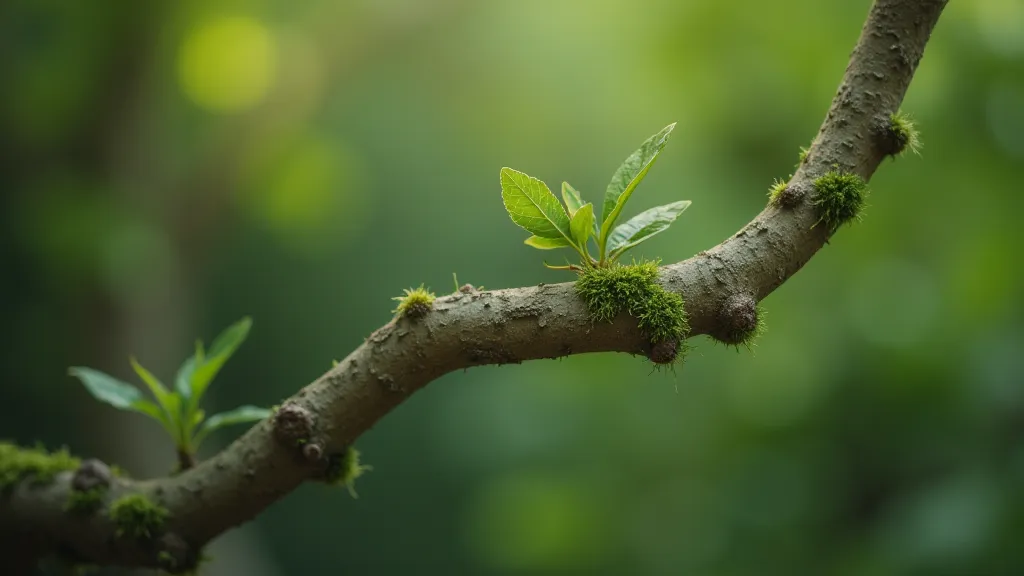
2. Overcrowding the Arrangement
Less is often more in Ikebana. A common mistake is trying to cram too many materials into a single arrangement. While abundant flowers can be beautiful, they can overwhelm the structure and obscure the essential lines. Ikebana aims for a sense of serene simplicity and negative space is just as important as the elements themselves. Consider the "ma" (間) - the space between elements – and allow it to breathe. Experiment with using fewer materials initially and focus on their placement. Careful selection of flowers is key to achieving this serenity; understanding selecting flowers and foliage is an important step in the process.
3. Neglecting the Container’s Role
The container isn’t just a holder; it's an integral part of the Ikebana arrangement. The shape, size, and material of the container significantly impact the overall aesthetic. Beginners often select containers that clash with the chosen materials or style. A delicate, tall vase may not suit a robust, woody arrangement, and vice-versa. Pay attention to the container's color and texture and consider how it complements the natural beauty of the flowers and branches you're using. It is best to use a container that reflects the season and feeling of the arrangement. The container can establish the tone of the entire arrangement. For example, a rustic ceramic pot might be appropriate for autumn foliage, while a sleek, modern glass vase may complement minimalist spring blossoms.
4. Failing to Consider the Season
Traditional Ikebana is deeply rooted in the Japanese appreciation for nature’s cycles. Using flowers and branches that are out of season can disrupt the harmony and feel inauthentic. While you *can* source materials year-round, understanding the seasonal symbolism and colors is essential. Spring arrangements often feature delicate blossoms, summer arrangements might showcase vibrant greenery, autumn arrangements evoke rich, earthy tones, and winter arrangements embrace stark beauty and resilience. This helps you select flowers that tell a story and evoke the spirit of the season. Each season brings its own unique palette and symbolism – learning to identify and incorporate these elements elevates an arrangement from simply decorative to a profound expression of natural beauty.
5. Incorrect Cutting Techniques
The way you cut stems significantly affects the flow and visual impact of an arrangement. Simply chopping stems at an arbitrary angle often leads to awkward or unbalanced results. Different cuts are appropriate for various types of materials – woody stems require angled cuts to allow water absorption, while softer stems might need a straight cut. Practice cutting techniques and learn how the angle and length of cuts influence the overall form of your Ikebana. The angle of the cut also impacts the stem’s ability to absorb water and stay hydrated, influencing the longevity of your arrangement. Mastering this seemingly small detail greatly enhances your ability to create lasting beauty.
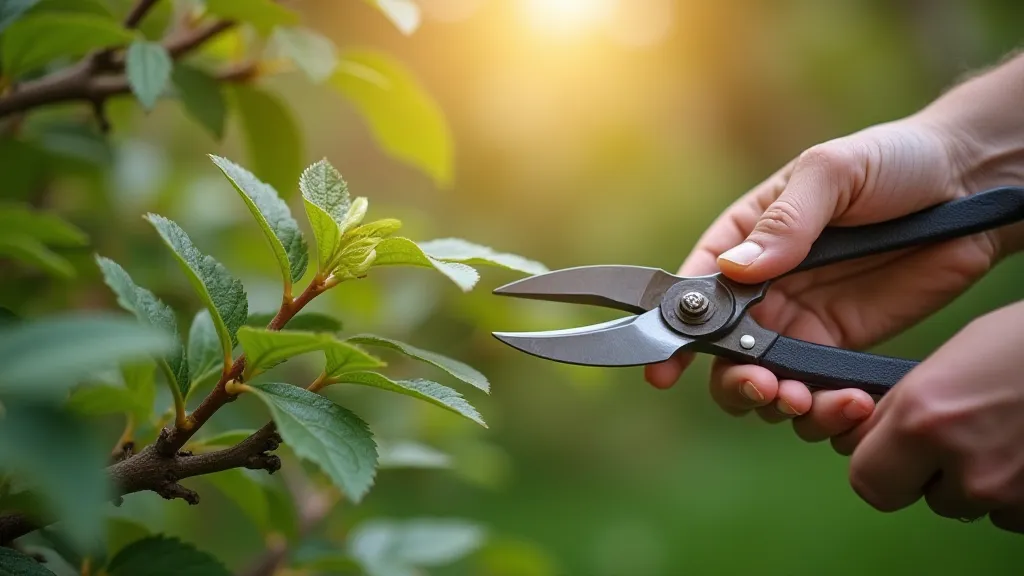
6. Ignoring the Angle of Materials
The placement of individual stems and branches isn't random; each angle contributes to the balance and visual appeal. Beginners tend to place materials straight up or at predictable angles. Experiment with angling stems, allowing them to curve gracefully, or creating asymmetrical lines. The subtle shifts in angle create movement and depth within the arrangement. This element of asymmetry can be surprisingly impactful, adding dynamism and visual interest that captures the eye. It’s about creating a composition that feels organic and alive, mimicking the natural movements found in a forest or garden.
7. Rushing the Process
Ikebana is a meditative practice that demands patience and mindful attention. Beginners often rush the arrangement process, leading to hasty decisions and unbalanced results. Slow down, observe each material carefully, and contemplate its placement. Embrace the quiet contemplation and allow the process itself to be as important as the final product. The act of arranging isn't just about the final outcome; it's an opportunity to cultivate mindfulness and connect with the beauty of nature. Ikebana is, at its heart, a path to inner peace and tranquility.
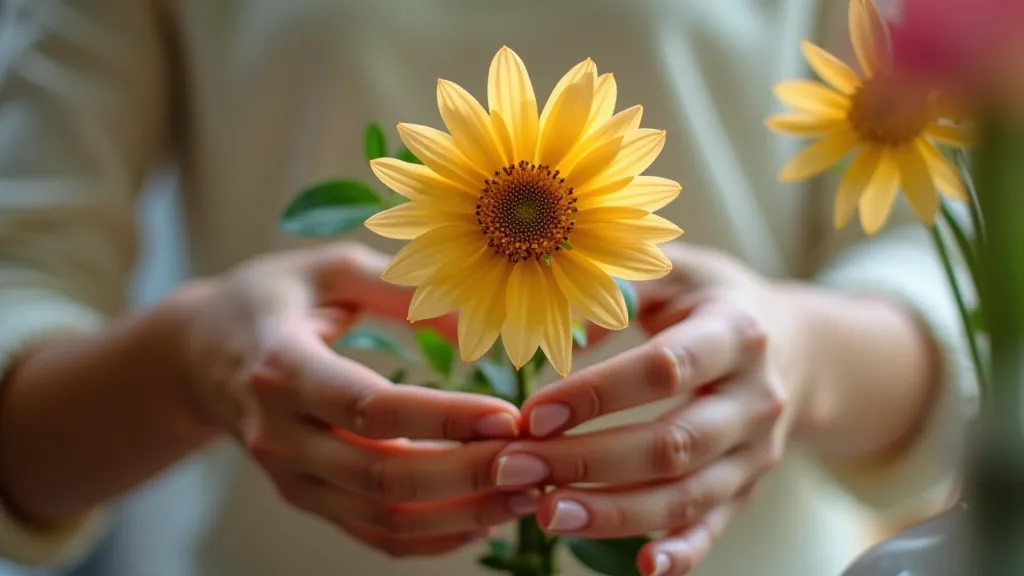
Beyond the Basics: Exploring Advanced Techniques
Once you’re comfortable with these fundamentals, there’s a whole world of advanced techniques to explore. Ikebana isn’t just about following rules; it’s about expressing your creativity and personal interpretation. Consider delving into more complex forms and styles, experimenting with unconventional materials, and pushing the boundaries of traditional aesthetics. For those seeking greater challenges, advanced Ikebana techniques offer a deep dive into the nuances and complexities of this art form.
The Mindful Art of Ikebana
The deliberate and contemplative nature of Ikebana lends itself beautifully to meditation. It’s a practice that encourages you to be fully present in the moment, to appreciate the subtle details of the natural world, and to find a sense of peace and connection. Many practitioners find that arranging flowers becomes a form of moving meditation, a way to quiet the mind and connect with their inner selves. The mindful approach to Ikebana isn’t just about creating a beautiful arrangement; it’s about cultivating a deeper appreciation for life and finding beauty in the everyday. Indeed, Ikebana as meditation represents an important facet of this traditional art.
By being mindful of these common mistakes and actively working to correct them, you’re well on your way to mastering the art of Ikebana and appreciating its profound beauty and cultural significance. Remember that the journey of learning Ikebana is a continuous process of observation, experimentation, and refinement. Don’t be afraid to make mistakes, to try new things, and to let your creativity shine through.
